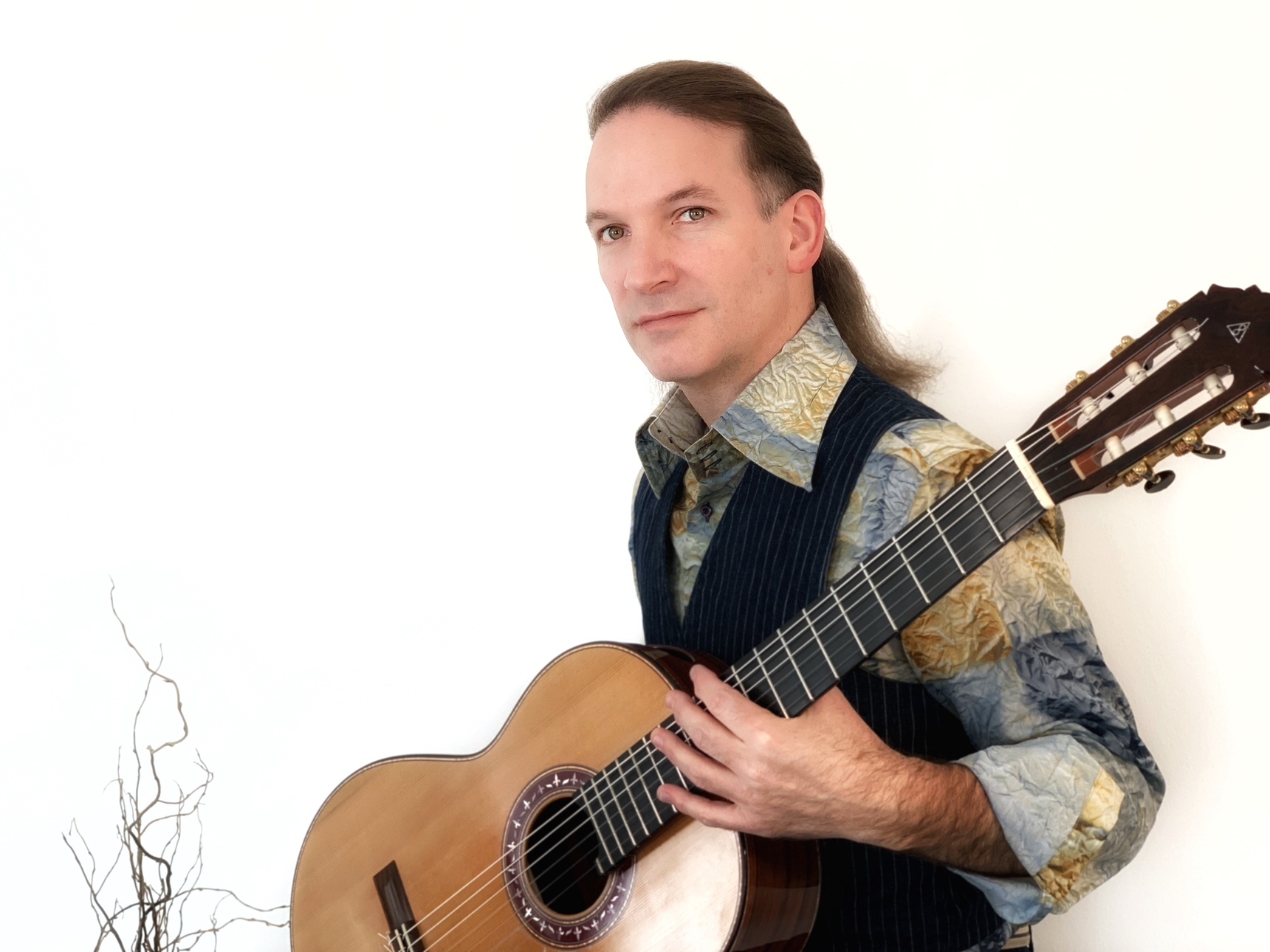Marco Tamayo - Ask Me Anything about Tension & Relaxation, Articulation & Phrasing

Welcoming a Force of Nature to the tonebase Community!

We are thrilled to welcome leading virtuoso and elite expert on all things classical guitar Marco Tamayo to the tonebase community! Recently called to the UdK Berlin as a guitar professor, he will substantially shape the future of classical guitar education. We couldn’t be more excited to have him available to answer your questions on crucial technique concepts like tension & relaxation, as well as articulation & phrasing!
Feel free to leave your questions to Marco here in the community
Check out Marco’s exclusive tonebase releases here:
How to Participate
- Ask your questions right here until November 6th!
- Marco will answer questions from November 7th - 11th!
31 replies
-
Hello Marco, I comprehend that phrases can be played at various positions. My question is to ask for guidelines as when it is best to play a phrase in a lower or higher position. For example, certain phrases in Julia Florida may be played high on the fretboard, or low. What rules the decision for placement? Tone, style of music, preference, other? Thank you. Stephen Holland
-
Hello Marco, I would like to know more about your approach to the BWV 1006 Prelude as you impressively perform it in your last year YT video 🤯. I also wonder if you can share your fingerings, they seem to be more than effective about control and relaxation, to say the least! Thank you.
-
Hi Marco,
thank you for the AMA!
I have been struggling for years with tension and specifically, my left shoulder (I am right handed). I have been trained to use my large muscles when playing guitar but I found that I often would tense my shoulder when playing barre chords or impinge the shoulder if my hand is playing at ear or above shoulder level.
In recent years, I have been standing to play guitar and using a guitar strap. I adjust the strap so my guitar hands lower and I keep my elbow close to my body when possible.
When I sit, I have a lot of pain. How do you find a pain free motion from fret 1 to fret 22?
-
I salute you for your performance and technique.
I have focal dystonia in my right hand.
Because of self-taught practice, I had no idea the importance of right hand relaxation, and I ended up getting this disease.I'm not a music major, so I don't have an expert around for advice.
I majored in medicine and found this disease very difficult to cure.Have you ever known or heard of any good solutions for this disease?
-
Hi Marco, thank you for doing this. I have a question on my right hand pinky. I made the switch to classical guitar from years of playing acoustic so my right hand is quite fixed in certain ways of playing. My right hand pinky is always jutting out when I'm playing. It is generally well behaved when I play scales or up down but it starts to have a life of its own when I start playing some pieces even if slowly. I made a short video to illustrate.
The thing is I don't feel tension at all but if I force my pinky to close in when playing I'll have dull ache the next day between the a and c joint. Not sure if it is something that I should fix now or I can just leave it alone. Thank you in advance! Don
-
Hi Marco, sorry another question if you have the time. I notice whenever I start learning a new piece, my left hand will always be tense and often using more strenght than neccessary. But it will be become more relaxed when the piece becomes more familiar.
Is there a way to train to learn a piece playing in a relax manner right at the beginning. Thank you!
-
Hello Marco. When playing Tremolo (ie. Recuerdos), I find tension increasing in my right hand as the piece progresses and my ability to maintain a relaxed even tremolo falls apart. What is the the best way to practice and perform Tremolo technique pieces to solve this problem? (also, increasing the volume of the Tremolo also causes more tension for me.) Thank you!!
-
Hi Marco, One more question about playing fast scales. Does tension/relaxation of the right hand fingers somehow effect the ability to play fast scales ( both descending and ascending) ?
What is best way to practice the scale movements (on same string and moving from string to string) to achieve beautiful , even, fast scales with good tone, and address the most common problems achieving this? Thanks!